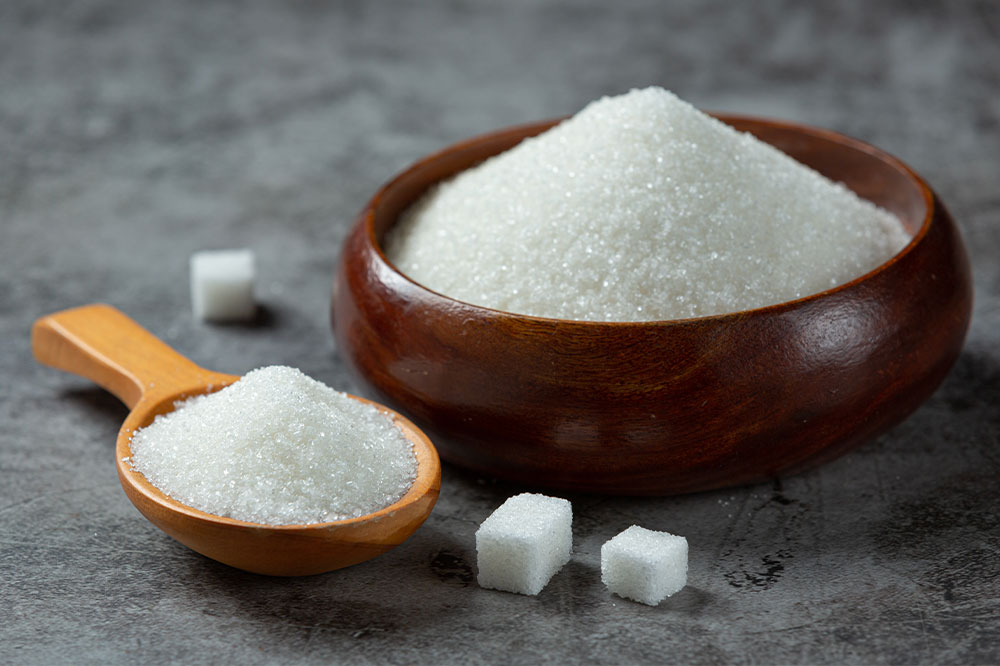Multiple sclerosis – Foods to avoid for better management

Multiple sclerosis is an autoimmune condition where the immune system mistakenly attacks myelin, the protective cover of the nerves. While scientists do not exactly know what causes this disorder, it is often attributed to genetic and environmental factors. Doctor-recommended treatments help control symptoms like vision loss, impaired coordination, and fatigue, but patients must also watch what they eat. Certain foods could trigger the condition or worsen symptoms and should be avoided.
Saturated fats
Foods with saturated fats are said to impact neurological health in the long run. They are often linked to inflammation and high levels of bad cholesterol, which increases the risk of heart attack and stroke. Since people with multiple sclerosis already have a higher risk of cardiovascular problems than others, they should avoid saturated fat as much as possible. This includes unhealthy fats like coconut oil, full-fat dairy, palm oil, and red meat. Instead, one should choose a low-fat nutrition plan to manage the symptoms.
Sugar
An excessive amount of sugar is linked to diabetes, kidney damage, rapid heartbeat, vision problems, and more. It may also contribute to nerve damage, which is already a problem in multiple sclerosis. Excess sugar may cause frequent blood sugar fluctuations, contributing to fatigue, especially in patients with this neurological condition. The fatigue may worsen when one does not exercise. So, patients must think twice before reaching for that bar of chocolate, sports drink, or even breakfast muesli.
Cow’s milk
Cow’s milk is one of the most important things to avoid with this disorder as it is high in saturated fats. It stimulates the body’s immune cells, which may lead to lesions or scars in the nervous system. Specific proteins in milk are said to trigger autoimmune reactions, especially in people with multiple sclerosis. It may also lead to inflammation and gastrointestinal problems, such as flatulence, gas, and bloating.
Sodium
High-sodium foods like pretzels, fries, and cheese are said to increase the risk of nervous system lesions in individuals with this condition. Adding excess salt to meals over long periods is also linked to high blood pressure and other vascular problems, which directly impact life expectancy. Patients who consume too much salt are more likely to experience a relapse of symptoms like fatigue, impaired vision, tingling and numbness, and bowel dysfunction. But, managing sodium intake can be tricky as specific treatments used for this disorder tend to increase salt retention in the body.
Gluten
Gluten is a protein in wheat-based products like bread, cakes, and pasta. It is also found in beverages made from certain grains. Some individuals have celiac disease or gluten intolerance and experience symptoms like stomach upset and constipation on consuming gluten. Such individuals are at a higher risk of developing multiple sclerosis. Those who already have the condition may experience worsening symptoms. So, it is best to avoid foods with gluten from the meal plan.
Processed foods
Most people do not have the time to cook fresh meals at home owing to their busy schedules. As a result, they choose store-bought processed and packaged foods like cookies, frozen foods, and potato chips. While these are incredibly convenient, they are not healthy. Processed items are abundant in trans fats and other components, which aggravate this condition’s symptoms and increase the risk of vascular issues. So, it is best to opt for home-cooked meals over ready-made options.
Tiny food changes can have a positive impact when dealing with a neurological condition like multiple sclerosis. Avoiding these foods helps reduce the occurrence of frequent flare-ups and improve one’s quality of life. However, it is advisable to visit a doctor before modifying an existing nutrition routine.







